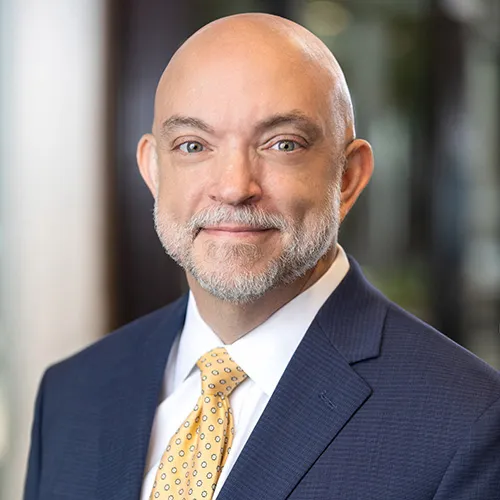Is Telehealth Past the Tipping Point?
In a recent article, “The Impact of Telehealth on Healthcare Valuation” in The Value Examiner, from the National Association of Certified Valuation Analysts, I summarized key changes in telehealth as a result of the COVID-19 Public Health Emergency (PHE) including among other items, code changes, and frequency limitations. I also noted some potential impacts on healthcare operations, described some factors valuators should employ when performing a valuation and how resulting changes in risk can impact value. The risk is real. According to an NTT Data Services 2017 survey, 50 percent of patients would leave their current doctor for a better digital consumer experience.What the future holds for telehealth is still unfolding; however, recent signs from Washington DC and the Center for Medicare and Medicaid Services (CMS) is enlightening. On August 3, 2020, President Trump issued an executive order proposing CMS extend certain telehealth changes beyond the PHE. On the same day, CMS also published the 2021 Proposed Medicare Physician Fee Schedule (MPFS) with several interesting items applicable to telehealth.
New Category to Add Codes to the Medicare Telehealth List
Medicare currently adds codes under two categories. Category 1 codes are deemed similar to other approved codes. Category 2 codes require a specific analysis of each code and the potential clinical benefit. Medicare is proposing to add several codes on a Category 1 basis. These include codes related to patient visit complexity associated with office and outpatient E&M services, prolonged services, certain behavioral health-related codes as well as rest home and home visits. Under the proposed MPFS, CMS is proposing to add another category. Category 3 codes would be services added to the Medicare telehealth list during the PHE that would remain through the end of the calendar year when the PHE ends. Codes proposed under Category 3 include specific rest home codes, home visits, emergency department visits, nursing home visits, and certain behavioral health-related codes.
Direct Supervision and Medical Education Via Interactive Technology
CMS has proposed extending the provision of direct supervision via interactive audio and video technology through December 31, 2021. Allowing direct supervision via technology would allow for additional incident to billing. In the proposed rule, CMS restated that pharmacists “fall within the regulatory definition of auxiliary personnel under incident to regulations.” CMS is seeking comments about extending the rule beyond this period. CMS approved the use of interactive audio and video technology for teaching physicians to use for the “direction, management and review of residents’ services.” CMS is seeking comments about extending the current rules or making them permanent.
Frequency Limitations
Under the proposed MPFS, CMS is proposing to revise the frequency limit for nursing facility visits provided via telehealth from once every 30 days to once every three days. CMS is seeking comment about the potential to remove frequency limitations altogether and how that might impact “necessary in-person care.”Telehealth is certainly not new. However, COVID-19 has been a catalyst for moving telehealth from practical convenience to a foundational necessity of healthcare. Given these changes, we must consider how regulations will drive healthcare operations, clinical outcomes, financial margins, and risk. With the dynamic shift to telehealth brought about by the PHE, the adage of “all healthcare is local,” may eventually be lost to a time before COVID-19.
